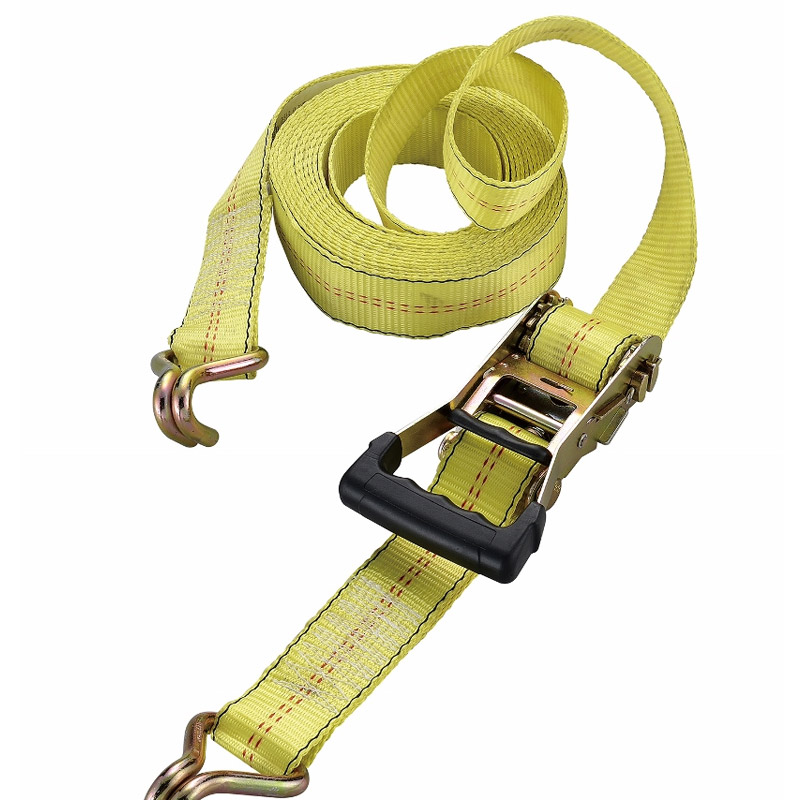Best Fasteners for Metal Decking Applications to Ensure Strong and Durable Construction
Understanding Metal Deck Fasteners Essential Components for Durable Construction
In the world of modern construction, the strength and integrity of a structure rely heavily on the materials and fastening systems used in its assembly. Among these components, metal deck fasteners play a crucial role in ensuring the stability and longevity of roofs, floors, and other structural elements. This article explores the importance of metal deck fasteners, the types available, and best practices for their application.
Metal deck fasteners are specialized hardware designed to attach metal decking to supporting structures such as beams and girders. Metal decking is commonly used in commercial and industrial buildings due to its lightweight, durable characteristics and cost-effectiveness. The fasteners used in this application must provide high tensile strength and resistance to adverse environmental conditions, making their selection critical.
There are various types of metal deck fasteners, each designed for specific applications
. Self-drilling screws are among the most popular types, known for their ease of installation. These screws can penetrate metal decking and secure it to underlying structures without the need for pre-drilling, which saves time and labor costs. Typically, self-drilling screws come with a hex head, which allows for efficient engagement with power tools, ensuring rapid installation.Another category is the metal deck shear connector, used primarily in composite construction. These connectors help to bond the metal deck with concrete slabs, enhancing structural stability. They provide a mechanical interlock that permits the two materials to act together, distributing loads more effectively and improving overall performance.
metal deck fasteners

Furthermore, some applications may require specialized fasteners like toggle bolts or anchor screws, which are designed for specific load conditions and structural configurations. It's essential to match the fastener with the intended use and environmental factors—such as exposure to moisture or corrosive elements—to ensure long-lasting performance.
When installing metal deck fasteners, following best practices is vital. First, always ensure that the fasteners are compatible with the materials being joined. Using the incorrect type can lead to failure, resulting in serious safety hazards and costly repairs. Additionally, attention should be paid to the torque specifications provided by the manufacturer, as over-tightening can cause deformation or weakening of the fastened materials.
Moreover, proper alignment of the metal decking is crucial before fastening. Misalignment can create stress points that may lead to buckling or premature failure of the deck. Employing a systematic approach during installation—such as starting from a single reference point and working outwards—can help maintain alignment and ensure a uniform load distribution.
Lastly, consideration of the environment is essential when selecting metal deck fasteners. In coastal or industrial areas where corrosion may be a concern, using galvanized or stainless steel fasteners can significantly enhance durability. Some manufacturers provide coated fasteners specifically designed to resist harsh conditions, ensuring long-term performance without degradation.
In conclusion, metal deck fasteners are integral to the construction industry, providing the necessary support for metal decking systems. Understanding the different types available, adhering to installation practices, and selecting appropriate materials based on environmental factors can greatly influence the success and safety of construction projects. As the demand for durable and efficient building solutions continues to grow, the role of metal deck fasteners remains indispensable in achieving robust and lasting structures.
-
Weatherproof Plastic Expansion Anchors for OutdoorIroyinJun.06,2025
-
Sustainability in the Supply Chain: Eco-Friendly TEK Screws ProductionIroyinJun.06,2025
-
Load-Bearing Capacity of External Insulation FixingsIroyinJun.06,2025
-
Double Head Bolts: Enhancing Efficiency in Industrial MachineryIroyinJun.06,2025
-
Corrosion Resistance in Chipboard Screws: Coatings for Wholesale DurabilityIroyinJun.06,2025
-
Butterfly Toggle Bolts : Enhancing Structural ResilienceIroyinJun.06,2025
